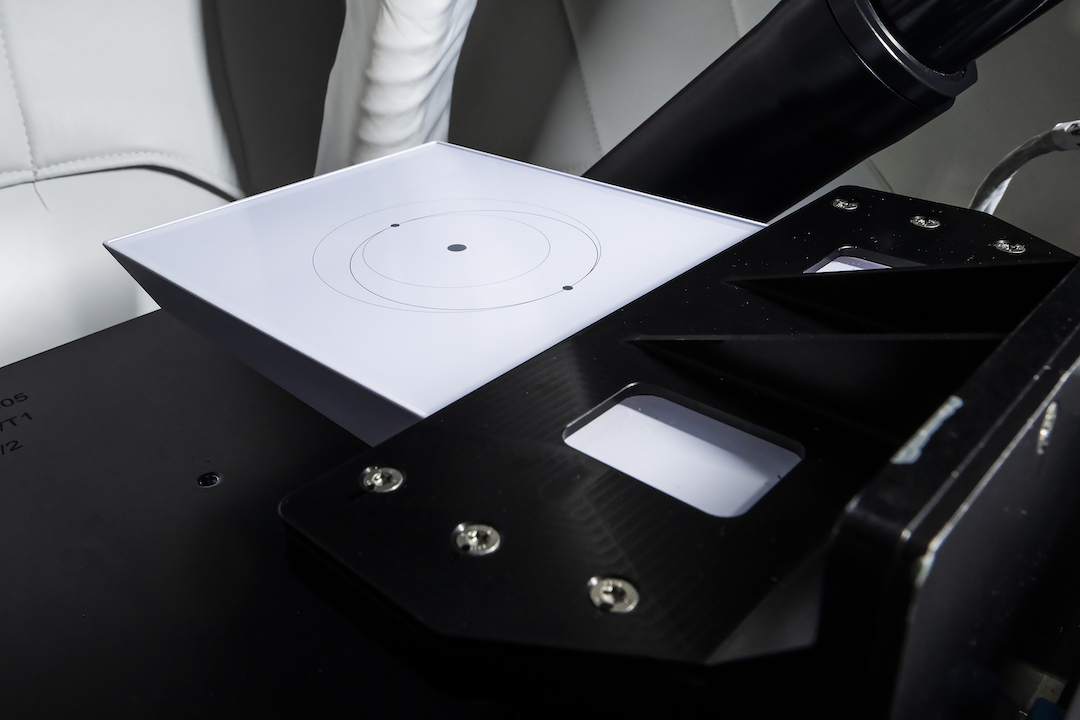Latest News

A Starlink router installed in the Dragon cabin for the Polaris Dawn mission. Photo: SpaceX
The Polaris Dawn mission, in which a crew of four civilians will attempt the first civilian spacewalk, will also test out Starlink laser communications aboard the Dragon spacecraft.
SpaceX launched the Polaris Dawn mission early Tuesday at 5:23 a.m. ET from Cape Canaveral, Florida. A crew of four civilians in a SpaceX Dragon spacecraft will spend five days in orbit and attempt the first commercial spacewalk.
Among the mission objectives is also to test Starlink laser-based communications in space, which SpaceX said could inform future space communications systems for missions to the Moon, Mars and beyond.
SpaceX said that this will be the first mission to test Starlink laser communications. SpaceX installed what it is calling the “Plug and Plaser” lasercom system inside the trunk of the Dragon spacecraft to communicate with Starlink satellites throughout the mission. A Starlink router was installed inside Dragon’s cabin.
SpaceX has been launching Starlink satellites equipped with laser communications since early 2021. In March of this year, Gwynne Shotwell, president and COO of SpaceX, announced that SpaceX planned to commercialize its laser technology and call it “Plug and Plaser,” in comments at SATELLITE 2024.
“We are going to roll out a capability, we call it ‘plug and plasers’ — [to] commercialize our lasers to put on other satellites systems,” Shotwell said in March. “We’ll roll that out with our new Polaris Dawn mission coming up this summer on Dragon capsules — so we’ll connect Dragon to the internet. I’m really looking forward to having communications to bases on the Moon, and Starlink around Mars.”
The Polaris Dawn mission will flying higher than any previous Dragon mission to date and reaching the highest Earth orbit ever flown. Astronauts also will test the newly developed SpaceX EVA spacesuits and perform scientific research.
“What the crew and Dragon aim to achieve over the next few days – from the first-ever commercial spacewalk in newly-designed EVA suits to traveling the farthest in Earth’s orbit since the Apollo program over 50 years ago to testing Starlink – all of this contributes to SpaceX’s aim to help humanity have greater access to space on our way to returning to the Moon, traveling to Mars, and beyond,” commented Jessica Jensen, vice president of Customer Integration and Operations at SpaceX.
Stay connected and get ahead with the leading source of industry intel!
Subscribe Now